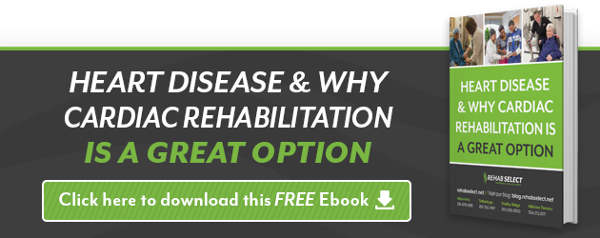 According to Home Therapy Solutions, more than 5 million Americans are living with congestive heart failure. Although heart failure is a progressive condition, it can be treated so that the symptoms do not worsen over time. The goal of treatment is to help those with the disease recover and avoid future complications.
According to Home Therapy Solutions, more than 5 million Americans are living with congestive heart failure. Although heart failure is a progressive condition, it can be treated so that the symptoms do not worsen over time. The goal of treatment is to help those with the disease recover and avoid future complications.
Since heart failure is caused by underlying conditions such as high blood pressure, heart disease and high cholesterol, treatments must be directed at managing these conditions. This may include medications, surgery and even therapy. One form of therapy that seems to work well for people with congestive heart failure is physical therapy.
Why Physical Therapy?
Physical therapy is used to treat a multitude of diseases, injuries and deformities. Although the word ‘physical’ conjures up the thoughts of exercise, physical therapy isn’t just about exercise. Physical therapy utilizes multiple disciplines that include heat treatment, massage, ultrasound, electrical stimulation and even manual therapy. Some forms of physical therapy may include exercise, and according to WebMD, exercise will almost always include weightlifting, walking and stretching (especially for those who are recovering from surgery, bed rest or a traumatic illness, such as a stroke).
Although there are no medications involved in physical therapy, there are a few side effects to be expected. These side effects include mild soreness and swelling. Getting your physical therapy sessions from a trained professional can help reduce these side effects and prevent the onset of others.
What Does Physical Therapy Include?
People who have congestive heart failure may have a hard time walking or performing everyday tasks without getting breathless. Since shortness of breath (dyspnea) is very discomforting, patients minimize their activities, which actually works against them. A lack of activity can trigger muscle loss (muscle atrophy), brittle bones and even hypertension.
A physical therapist can create a program to help heart failure patients learn how to conserve energy, tolerate activities, improve muscle strength and manage their weight.
Additional physical therapy approaches include breathing techniques and fitness equipment training. Although there are gyms that offer these programs, it’s best to take them from a trained physical therapist. They will be familiar with your condition and can help tailor a program that’s made just for you.
Getting the Most Out of Physical Therapy Sessions
Speak to your doctor before signing up for a physical therapy program. He or she can help you develop the perfect plan to reduce your symptoms and prevent complications. This plan will not just include the aspects of physical therapy, but also healthy eating plans to keep your condition from worsening.
When you begin your physical therapy sessions, ask your therapist any questions that you have about your goals. It might help to write them down before you come in, so you won’t forget any. Also, let your physical therapist know about any unrelated physical impairments that you may have, such as trouble seeing or using the full range of any limbs. Since these issues aren’t related to heart failure directly, they may not be aware of them and create a plan without taking them into consideration.
Living with congestive heart failure doesn’t have to be a downhill slope. By making changes to your lifestyle and attending physical therapy sessions, you can significantly improve your quality of life and speed up your recovery.





